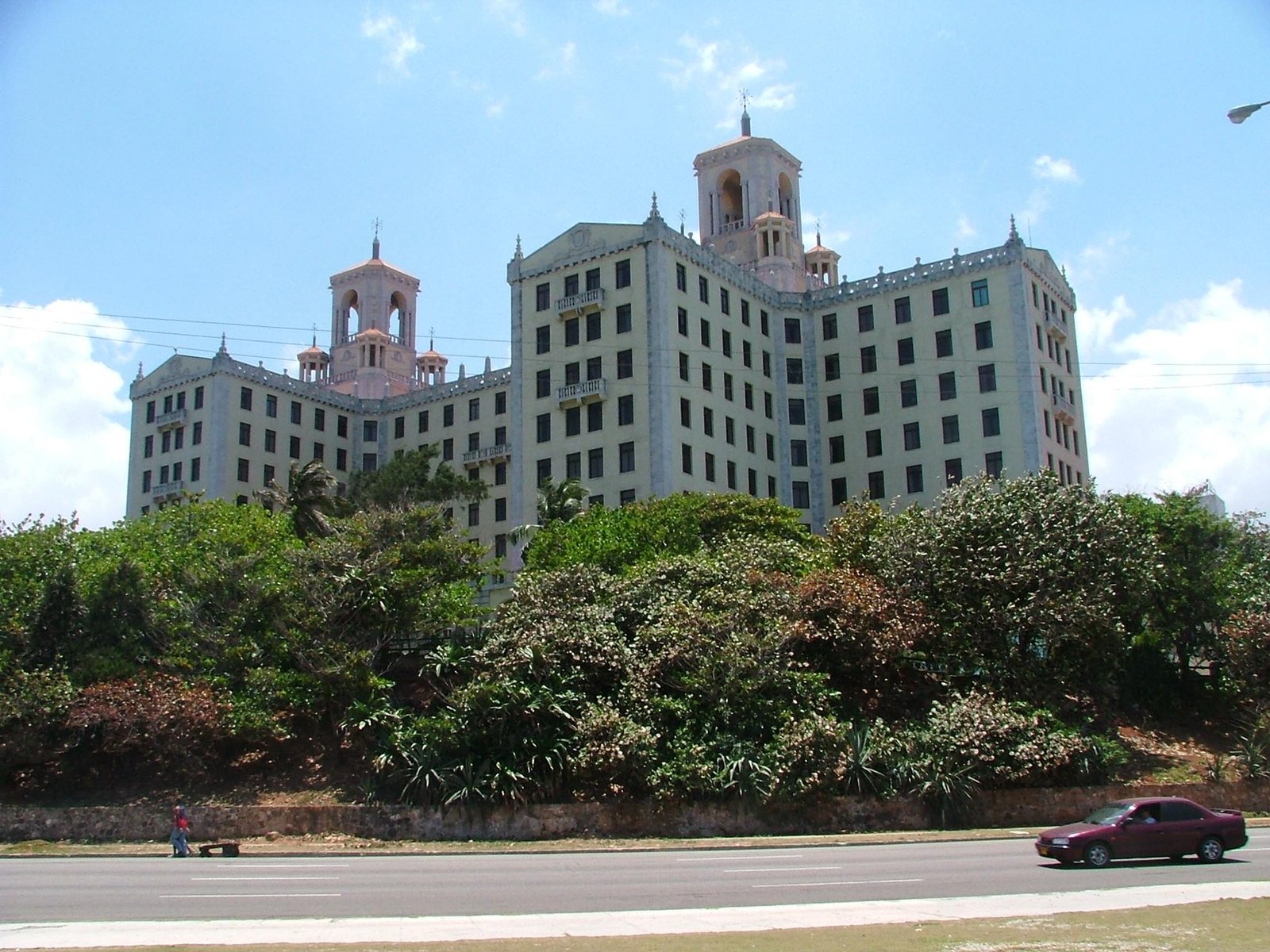Nestled at the southern tip of the African continent lies a country rich in history and culture. From the majestic landscapes to the vibrant cities, South Africa’s story is as diverse and intricate as the threads of a tapestry. Join us on a journey through time as we unravel the layers of this complex nation and explore the dynamic forces that have shaped its past and present. Welcome to ”The Rich Tapestry: A Brief History of South Africa”.
Exploring South Africa’s Diverse Cultural Heritage
South Africa’s cultural heritage is a true reflection of its history, with influences from indigenous tribes, European colonizers, slaves from Asia, and immigrants from across the globe. This rich tapestry of cultures has shaped the country into a melting pot of traditions, beliefs, and customs that are celebrated and cherished by its people.
From the vibrant beadwork of the Zulu people to the colorful Cape Malay cuisine, each cultural group in South Africa brings a unique flavor to the nation’s identity. Traditional dances, music, and art forms have been passed down through generations, preserving the country’s diverse heritage for future generations to enjoy. As South Africa continues to embrace its multicultural roots, it remains a shining example of unity in diversity, where different cultures coexist harmoniously in a beautiful mosaic of traditions.
Unpacking the Colonial Legacy in South Africa
South Africa’s history is deeply intertwined with colonialism, a legacy that continues to shape the country to this day. The region was first colonized by the Dutch in the 17th century, followed by the British in the 19th century. This led to a complex mix of cultures and identities that make up the rich tapestry of South Africa.
During the colonial period, the indigenous population was subjugated and marginalized, leading to a system of racial segregation known as apartheid. This oppressive regime lasted for decades, causing deep scars in the social fabric of the country. Today, South Africa is still grappling with the legacy of colonialism and working towards healing and reconciliation.
The Struggle for Freedom and Democracy in South Africa
South Africa has a complex and tumultuous history, marked by centuries of struggle for freedom and democracy. The country’s journey towards liberation began with the arrival of European colonizers in the 17th century, leading to centuries of exploitation and oppression of the indigenous African population. The fight for democracy gained momentum in the 20th century, culminating in the end of apartheid and the establishment of a democratic government in 1994.
The rich tapestry of South Africa’s history is woven with the stories of courageous leaders and activists who dedicated their lives to the cause of freedom. From Nelson Mandela and Desmond Tutu to Albertina Sisulu and Steve Biko, these trailblazers inspired a nation to rise up against injustice and oppression. Despite the challenges and setbacks along the way, continues to be a beacon of hope and resilience for people around the world.
Recommendations for Deepening Understanding of South Africa’s Complex History
Exploring South Africa’s complex history is like unraveling a rich tapestry woven with diverse threads of culture, politics, and resilience. To deepen your understanding of this multifaceted nation, consider the following recommendations:
Visit Historical Sites: Take a journey to key historical landmarks such as Robben Island, the Apartheid Museum, and the Cradle of Humankind to immerse yourself in the stories of South Africa’s past.Engage with Local Communities: Connect with locals through cultural exchanges, homestays, or volunteer opportunities to gain firsthand insights into the challenges and triumphs faced by different communities.
By delving into South Africa’s history through these immersive experiences, you will gain a deeper appreciation for the complexities and contradictions that have shaped this nation’s identity. Embrace the opportunity to engage with the past in a meaningful way, and let the layers of history unfold before you like a fascinating tapestry.
Closing Remarks
As we have delved into the intricacies of South Africa’s rich and diverse history, one thing becomes abundantly clear – the tapestry of this beautiful land is woven with threads of triumph and tragedy, resilience and resistance. From the earliest migrations of our ancestors to the struggles against colonialism and apartheid, the story of South Africa is one that resonates with people around the world.
As we continue to unravel the complexities of this fascinating nation, let us remember the lessons of the past and strive towards a future of unity, equality, and justice for all. The tapestry of South Africa is still being woven, and it is up to each one of us to ensure that it reflects the values of inclusivity and compassion.
So let us carry forward the stories of our past, learn from our mistakes, and work towards a brighter tomorrow for all who call South Africa home. Let the rich tapestry of this land inspire us to build a future that is vibrant, diverse, and full of promise.





